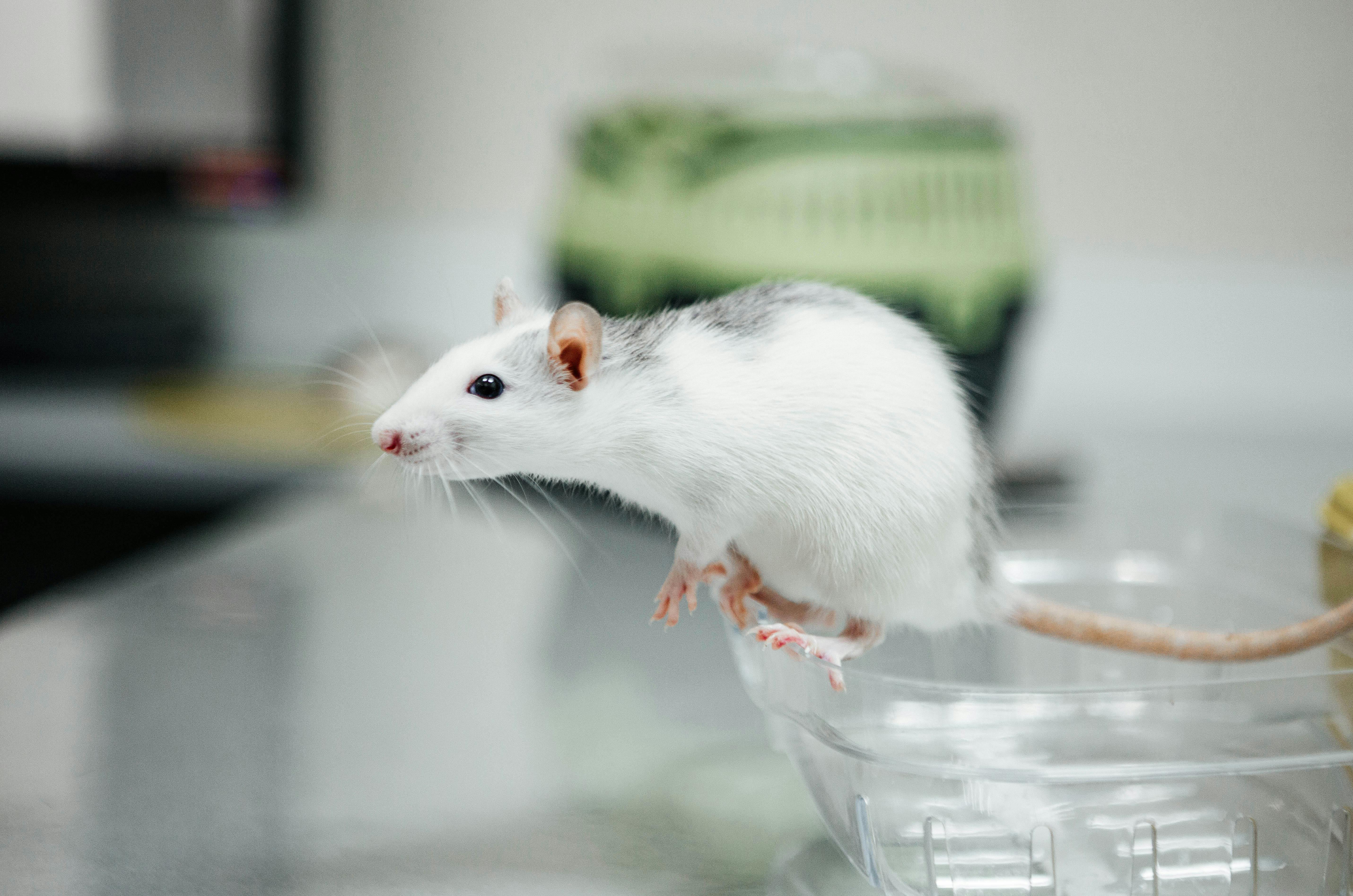Media release
From:
Biotechnology: Ultrasound helps clear brain debris after stroke in mice
A low-intensity ultrasound treatment clears neurotoxic debris from the brains of mice with induced bleeding that resembles a haemorrhagic stroke, according to a study published in Nature Biotechnology. If clinical trials in humans show similar positive outcomes, this method could offer a safe and simple way to treat haemorrhagic stroke — and potentially Alzheimer's and other traumatic brain injuries — without surgery or drugs, the authors suggest.
When waste products such as blood cells or other debris build up in the brain, they can trigger inflammation and damage nerve cells. Impaired debris clearance has been linked to strokes, head injuries, and diseases such as dementia. Surgical approaches to haemorrhagic stroke can improve outcomes, but they are invasive and require rapid access to specialised stroke centres. Although drug therapies are being investigated, so far none have been approved.
Raag Airan and colleagues designed an ultrasound therapy to enhance clearance of brain debris and tested it in two mouse models of haemorrhagic stroke (subarachnoid and intracerebral/intraparenchymal). The ultrasound treatment cleared more than half of the red blood cells from the brain and appeared to shuttle them to the deep cervical lymph nodes, which help remove waste products. In both stroke models, ultrasound-treated mice had less brain inflammation and nerve cell damage than untreated mice. In the intracerebral model, treated mice performed better in tests of survival, symptoms, and behaviour. They lived longer, had less brain swelling, recovered their body weight better, and scored higher in corner-turning and grip-strength tests. The treatment was also more effective and safer than an experimental drug therapy previously shown to improve brain debris clearance in mice.
The authors designed their ultrasound protocol to meet current safety guidelines for ultrasound exposure and are planning clinical trials. If these trials prove successful, the authors suggest that non-invasive ultrasound could one day provide therapeutic benefit in haemorrhagic stroke and potentially in other brain conditions that involve build-up of neurotoxic debris.



 International
International



